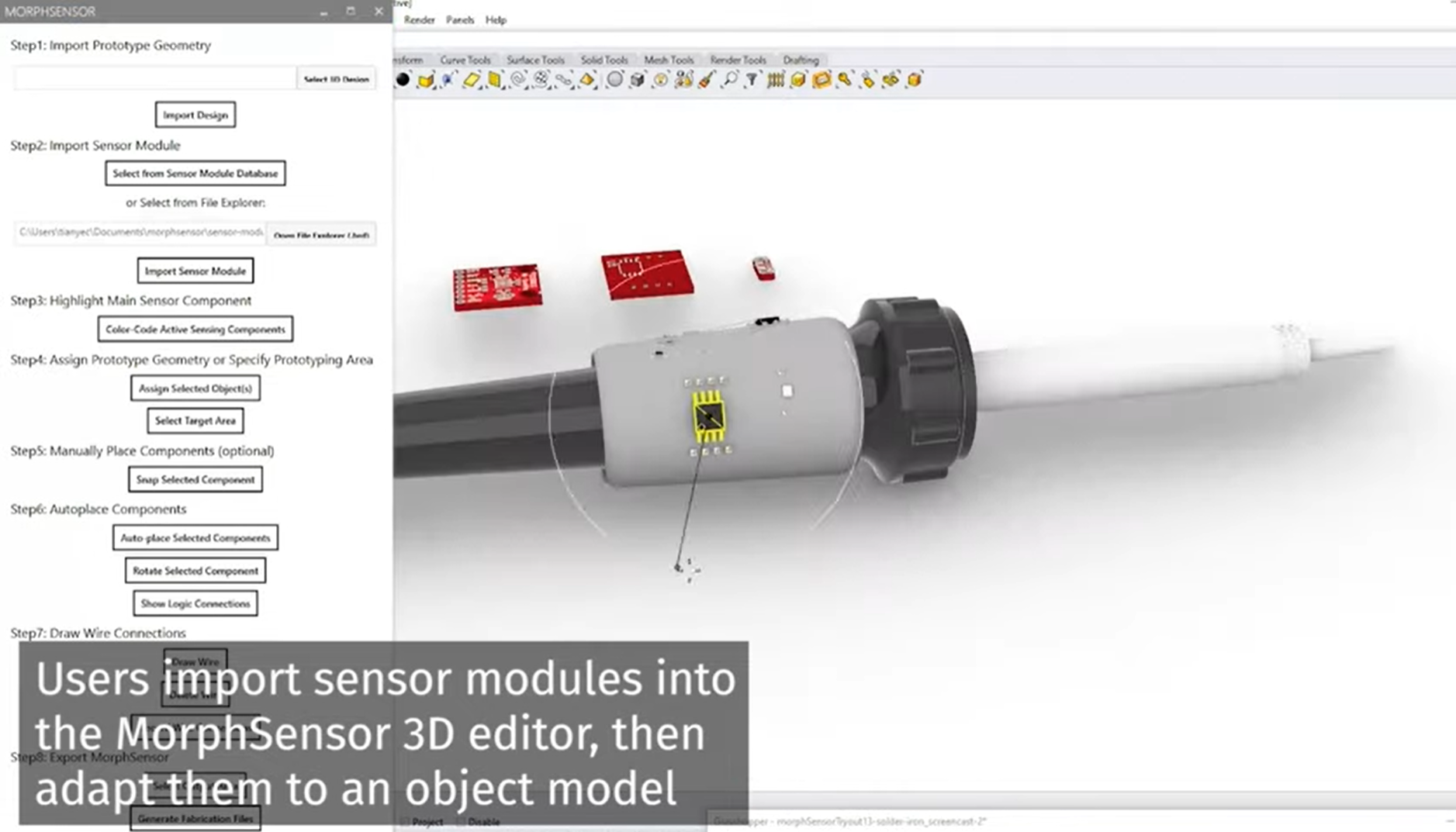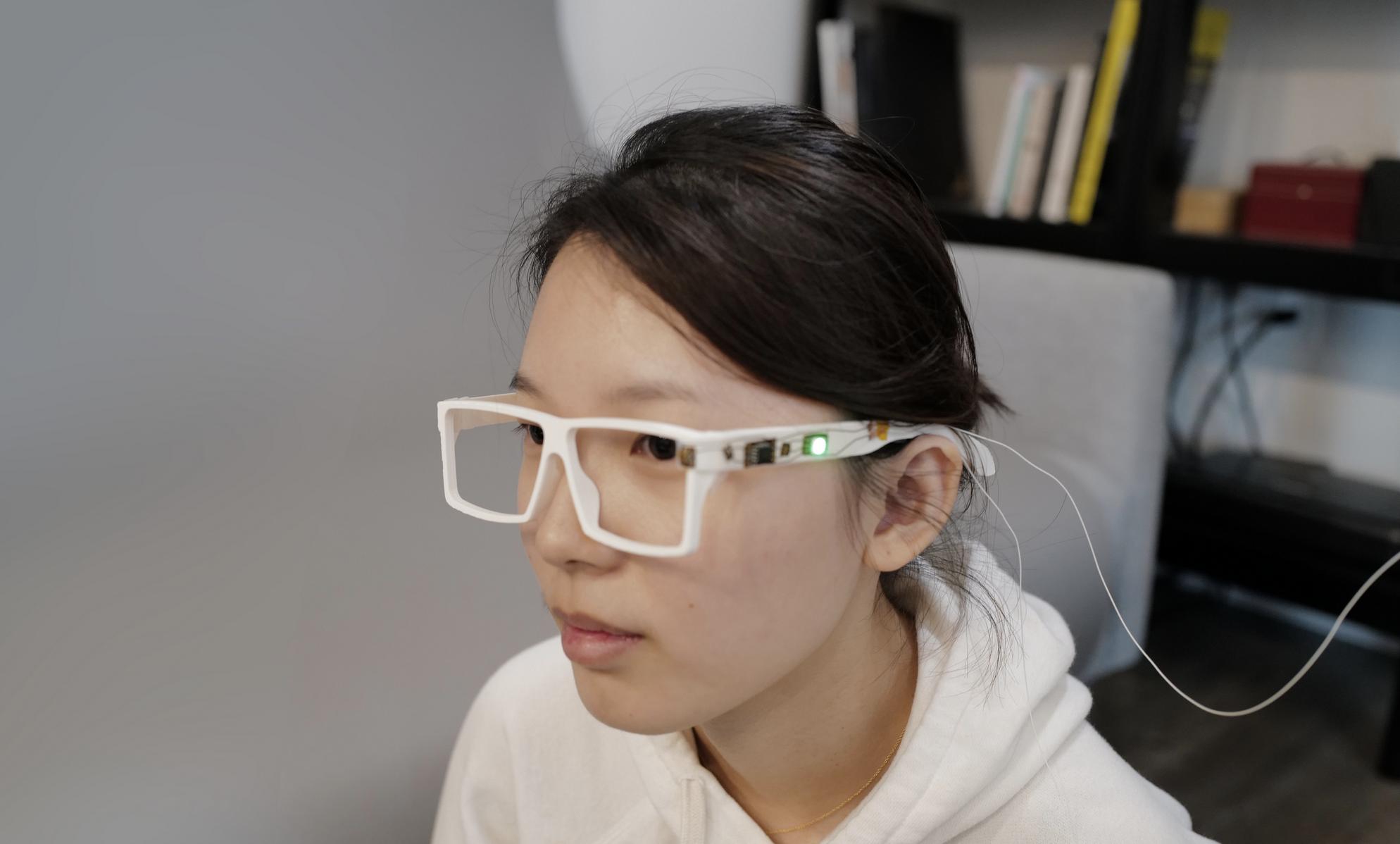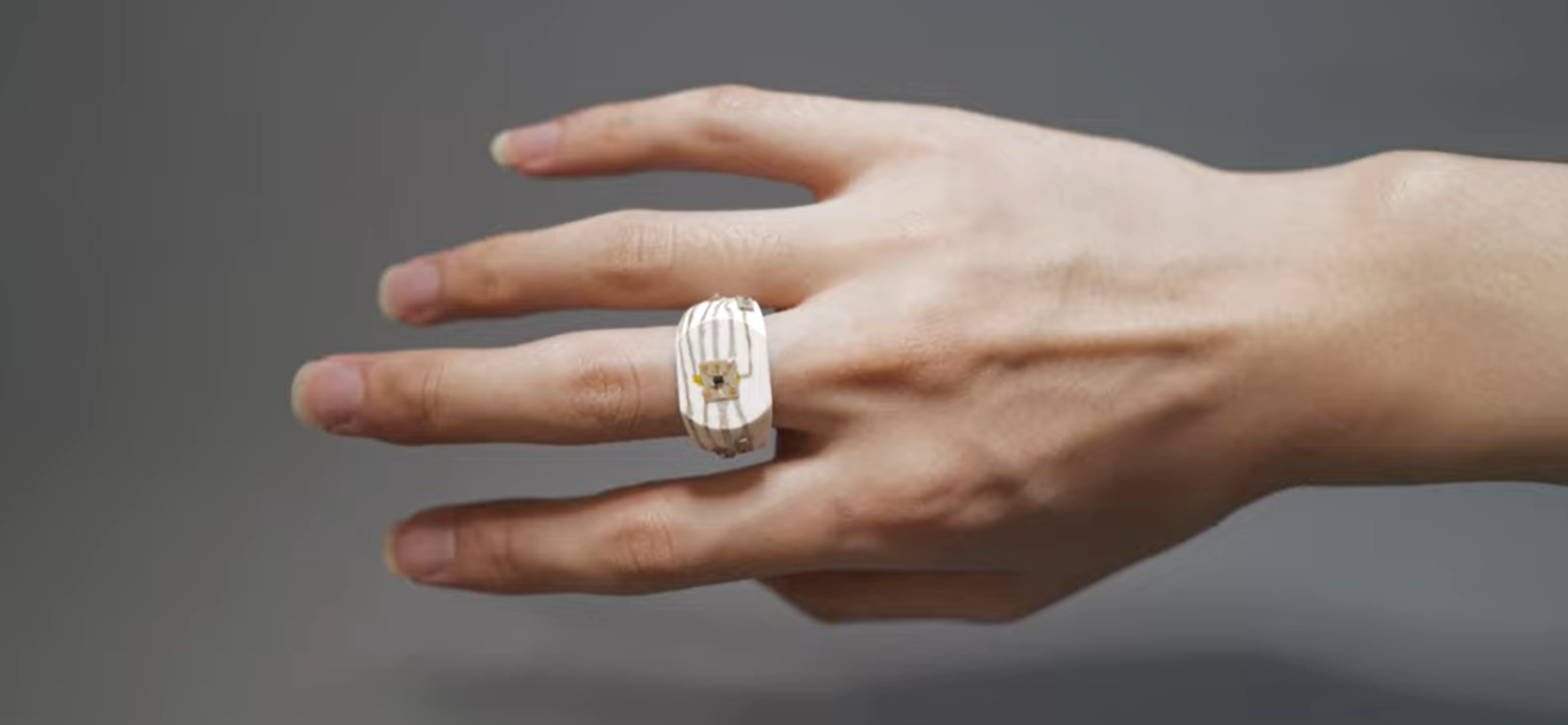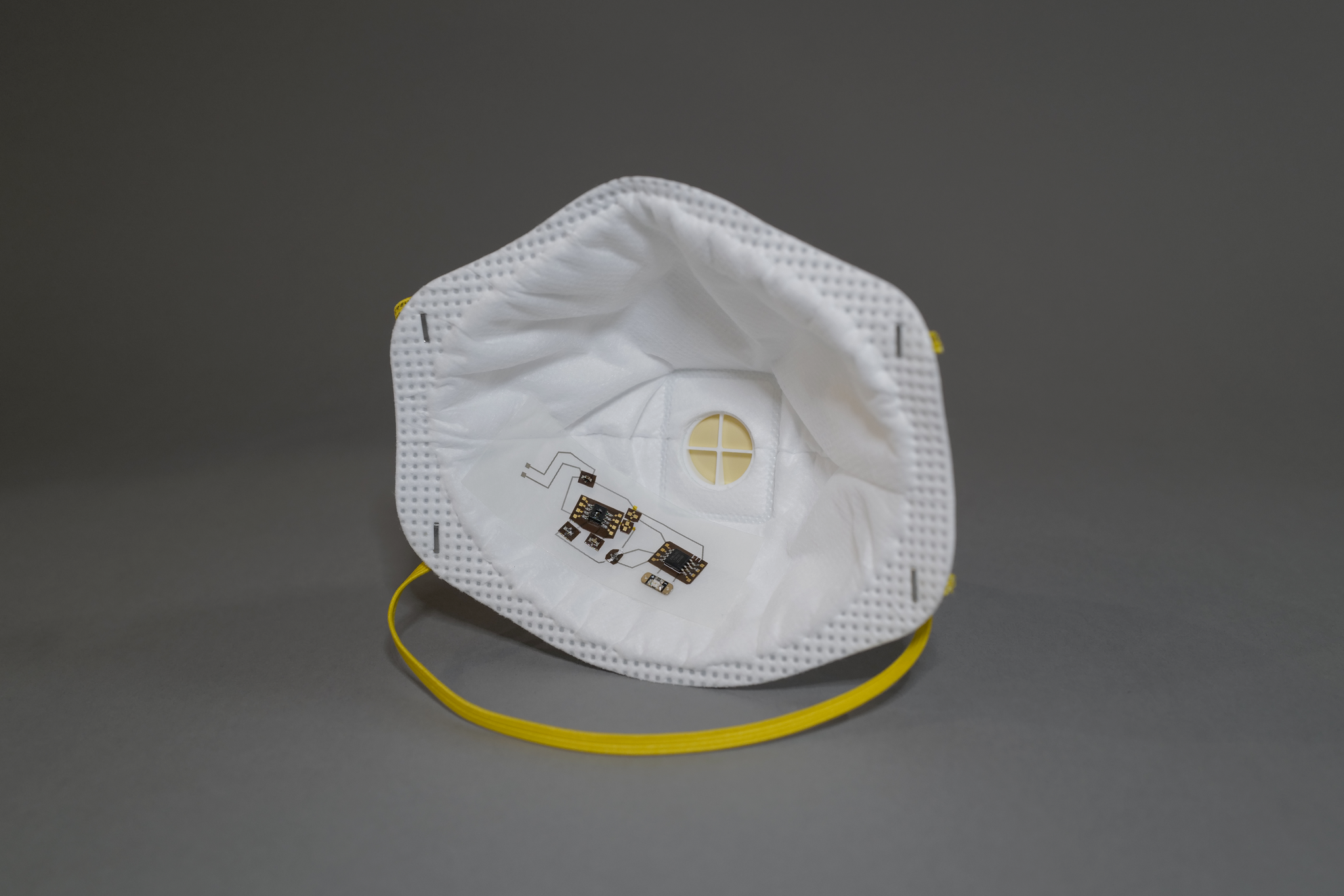A team of researchers from MIT’s Computer Science and Artificial Intelligence Laboratory (CSAIL) have developed a novel 3D design environment that enables users to digitally model both an object’s physical form and electronic function at once.
Dubbed ‘MorphSensor’, the program draws from conventional CAD software as well as circuit building software to provide a more comprehensive design environment perfect for mechatronics professionals. In essence, custom parts can be designed for 3D printing with both electronic viability and mechanical functionality in mind.
Junyi Zhu, lead author on a paper about the project, explains: “MorphSensor fits into my long-term vision of something called ‘rapid function prototyping’, with the objective to create interactive objects where the functions are directly integrated with the form and fabricated in one-go, even for non-expert users. This offers the promise that when prototyping, the object form could follow its designated function, and the function could adapt to its physical form.”

How does MorphSensor work?
When designing (and redesigning) solid objects such as casings and frames, adding embedded electronic components such as sensors and chips can be difficult. The design workflow usually calls for an iterative approach, whereby the frame of a device must be conceptualized separately to its internal components. This can result in a tedious loop of going back and forth between the physical and electronic parts, ensuring everything fits while at the same time optimizing the use of 3D space.
MorphSensor aims to remedy this problem. Users are able to import predefined sensor modules from an extensive database directly into the 3D editor, where they can be adapted to a 3D model in a process akin to pasting stickers on an object. The desired circuit is edited simultaneously with the part to ensure it can be embedded directly at the initial prototyping phase, eliminating the need for additional design iterations.
Once the digital skeleton of a custom circuit is complete, it can be printed out onto a piece of paper. Then, using conductive tape, the real electronic components can be constructed directly on top of the pre-built circuit formation on the paper. Once assembled, the circuit can be cut out and applied to its complementary 3D printed part with double-sided tape.
Applications of MorphSensor
To test the software’s efficacy, the CSAIL team manufactured a number of mechatronic assemblies designed in the MorphSensor environment. To kick things off, an experimental eyeglass frame with an integrated blue light sensor and microcontroller. As well as providing the standard vision correction functionality, the glasses are able to detect when the user is being exposed to too much blue light, sending an alert either via an LED or noise.

Similarly, a wearable ring was designed with an integrated temperature sensor to detect environmental conditions, enabling it to provide on-the-fly weather advice. The casings for a pair of Airpods were also redesigned to accommodate motion sensors for biomonitoring and sleep tracking purposes.

In accordance with the ongoing pandemic, an N95 mask was also kitted out with a humidity sensor to monitor substrate contamination, alerting the user when the mask needs to be discarded. Finally, the handle of a solder iron was redesigned to integrate an air quality sensor and corresponding LED lighting. When the air quality in a workshop deteriorates to a certain degree, the LED flashes, signaling to the user that it might be time to open a window.

The past year has seen the development of a number of ‘3D printing friendly’ design environments, predominantly as a result of academic research. A duo from ETH Zurich recently unveiled a computational Design for Additive Manufacturing (DfAM) framework capable of automating the design of complex multi-flow nozzles. The CAD software alternative allows non-specialist users to design complex geometries specifically for additive manufacturing tooling purposes, such as FDM nozzles.
Elsewhere, researchers from the Graz University of Technology (TU Graz) and the Medical University of Graz in Austria have devised an automated system for cranial implant design. The program uses deep learning algorithms to restore the missing parts of a skull based on medical scans, generating precise STL files.
Subscribe to the 3D Printing Industry newsletter for the latest news in additive manufacturing. You can also stay connected by following us on Twitter and liking us on Facebook.
Looking for a career in additive manufacturing? Visit 3D Printing Jobs for a selection of roles in the industry.
Featured image shows the temperature sensing ring. Photo via MIT.


